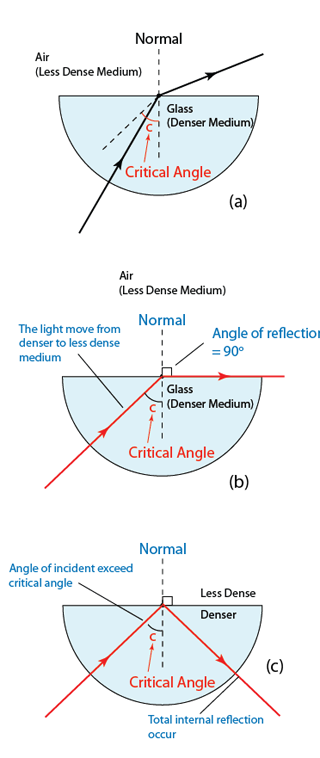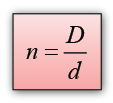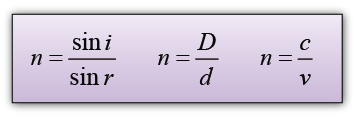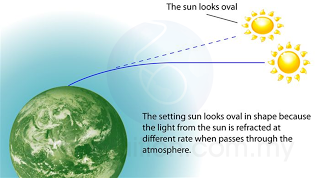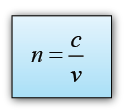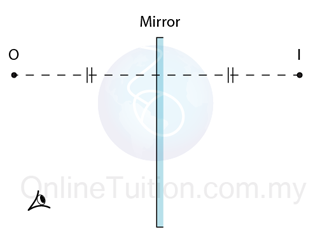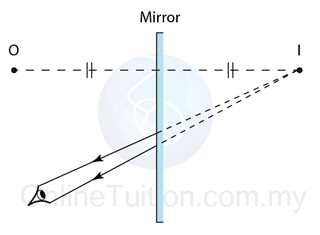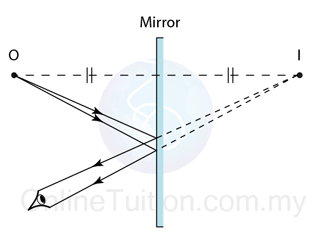Bending of Object in a Glass
A straw in a glass with water looks bended or broken. This is due to refraction of light
Shallower Swimming Pool
A swimming pool appears shallower than it actual is. This is because the light from the pool is refracted away from the normal when moving from water to the air.
Atmospheric Refraction and Setting sun
The setting sun looks oval in shape because the light from the sun is refracted at different rate when passes through the atmosphere.
Twinkling Star
The light of stars is refracted when passes through different region in the atmosphere. The angle of refraction varies a little from time to time. As a result, the stars look twinkling.
